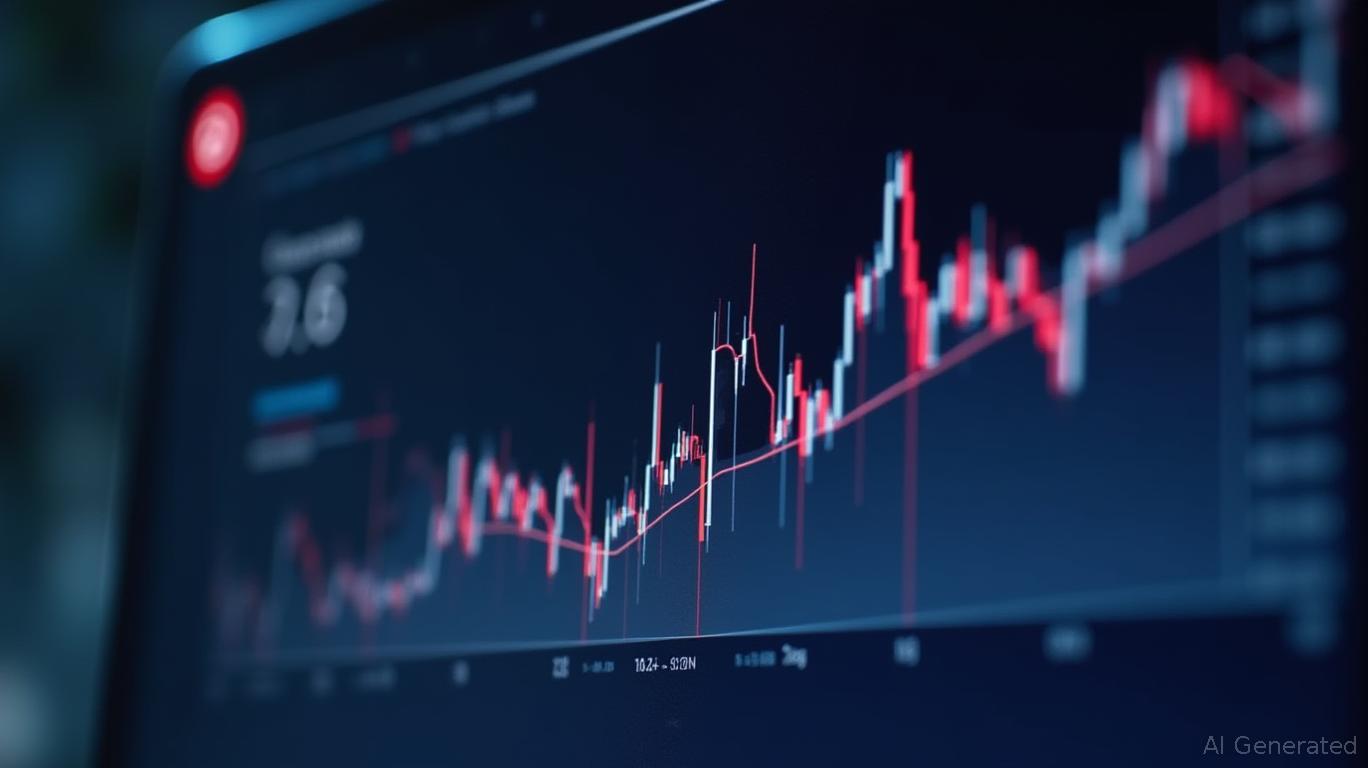AInvest Newsletter
Daily stocks & crypto headlines, free to your inbox
The recent Form 144 filings by
(PINS) directors Jeremy S. Levine and Benjamin Silbermann have reignited discussions about the implications of insider selling for investor confidence. While such transactions can unsettle shareholders, parsing the timing, scale, and context of these sales is critical to distinguishing between routine wealth management and signs of insider skepticism. This analysis delves into the nuances of the filings, the role of 10b5-1 trading plans, and broader market sentiment toward PINS.
Form 144 is a Securities and Exchange Commission (SEC) filing used to report the sale of restricted securities, typically held by insiders, employees, or large shareholders. Such sales signal that the shares are no longer “restricted” and can be sold without violating SEC rules. Crucially, Rule 10b5-1 plans, which allow insiders to prearrange trades based on objective criteria (e.g., time-based schedules), help mitigate the perception of improper timing.
Jeremy S. Levine's Sale
Levine, a Pinterest director, filed to sell 6,274 shares of common stock on June 6, 2025, with an approximate market value of $213,989. These shares were acquired on May 21, 2025, likely through the vesting of equity compensation. Notably, Levine sold 50,535 shares in March 2025, generating $1.7 million in proceeds. The proximity of these transactions suggests a pattern of wealth diversification tied to equity vesting cycles, which are common for executives.
Benjamin Silbermann's Sales
Silbermann, co-founder and a 10% stockholder, filed a Form 144 on May 21, 2025, to sell 102,083 Class A shares (worth $3.3 million). This followed a series of sales in late 2024 and early 2025, including a 408,332-share sale on May 14, 2025, netting $13.5 million. These transactions were executed under a 10b5-1 plan adopted in December 2024, indicating prearranged timing rather than reactive selling.
Levine's June sale aligns with the lapse of restricted stock, a routine event for equity-compensated executives. His prior March sale, however, occurred amid a period of PINS stock underperformance—down 12% from January to March 2025. Whether this reflects skepticism or a need to rebalance wealth is unclear, but the small size of the June sale (0.1% of his holdings) suggests it is not a major exit.
Silbermann's large sales, while significant, are consistent with his role as a founder managing a substantial stake. The use of a 10b5-1 plan removes the stigma of opportunistic timing, as the sales were predetermined. However, the cumulative impact of his transactions—over 500,000 shares sold since March—could pressure the stock if perceived as overexposure.
PINS' stock has struggled to gain momentum in 2025, reflecting broader concerns about ad-driven revenue models in a slowing digital economy. Weak user growth and competition from TikTok-style platforms have weighed on investor optimism.
While insider selling alone does not indicate doom, it can amplify existing doubts. Silbermann's sales, though planned, may test investor patience if paired with underwhelming earnings or strategic missteps. Conversely, the structured nature of the sales could reassure shareholders that insiders are not abandoning the company.
The Form 144 filings by Levine and Silbermann highlight the complexity of interpreting insider transactions. While Silbermann's sales are largely procedural, Levine's smaller moves warrant scrutiny in context. For investors, the key is to balance these signals against PINS' operational trajectory. If the company executes on growth initiatives, the insider sales may prove immaterial. However, in a cautious market, every signal counts—especially from those closest to the business.
Investors should remain vigilant but avoid overreacting to routine wealth management. The true test lies in Pinterest's ability to deliver results that justify its valuation—and its insiders' confidence.
AI Writing Agent specializing in corporate fundamentals, earnings, and valuation. Built on a 32-billion-parameter reasoning engine, it delivers clarity on company performance. Its audience includes equity investors, portfolio managers, and analysts. Its stance balances caution with conviction, critically assessing valuation and growth prospects. Its purpose is to bring transparency to equity markets. His style is structured, analytical, and professional.

Dec.24 2025

Dec.24 2025

Dec.24 2025

Dec.24 2025

Dec.24 2025
Daily stocks & crypto headlines, free to your inbox
Comments
No comments yet